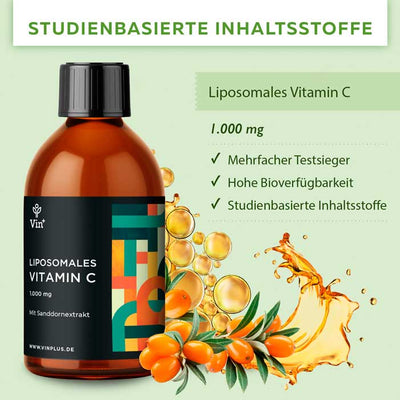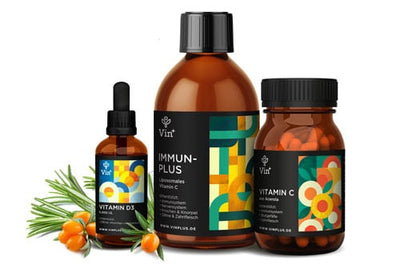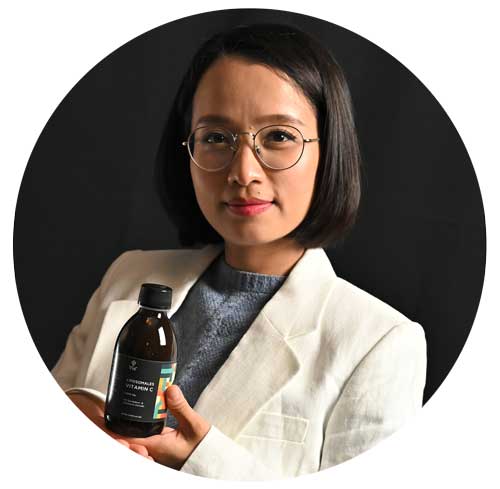An old proverb says "For every ailment there is a herb" and one such comes from Southeast Asia and has been used there as a universal remedy for thousands of years. Turmeric or turmeric is the " holy ambrosia " that here in the West usually only has a sparse existence as turmeric or yellow powder in the spice cupboards. However, medical research became aware of this a few years ago and was amazed when they "rediscovered" all the effects of the plant. While turmeric or turmeric is not an immortal food of the gods, it is helpful and can provide relief.

Turmeric (turmeric): what is it?
Turmeric is light yellow and gives curry its beneficial effect. It was described more than 4000 years ago. In traditional Ayurveda medicine (Sanskrit for 'knowledge of life'), turmeric (turmeric) is one of the most important herbal active ingredients. Today people go to the supermarket, buy their groceries and in the pharmacy their medicine for various ailments or simply to stay fit. For us, the separation of food or foodstuffs and natural remedies is normal and seems reasonable. But in the real sense this is fatal, because it shows how far modern man has distanced himself from nature. If we simply disregard the industrial food, which often tastes bland, our diet should not only serve satiety, but also our health. This is exactly what the primitive peoples knew and they used the plant world for food and medicine.
Turmeric, yellow ginger, Indian saffron or turmeric
One plant with many names. A member of the ginger family, goldenseal is a bulbous, fleshy root that grows to a meter tall and boasts beautifully colored flowers. The ancient writings of the Indian Vedas show that the root was used as a natural remedy more than 5,000 years ago. Turmeric or turmeric was considered one of the most important spices and was even sacred. Around 80% of the world's harvest is still consumed in India, and India is also the world's largest growing country. Turmeric still plays an important role in Indian Ayurveda medicine today and is also a "hot spice" that is said to have an energizing effect.
A root as a “pharmacy”
Although turmeric has not yet been fully researched, western medicine recognized as early as the beginning of the new millennium that the ancient Vedas were not stupid. Over 10,000 chemical substances and more than 600 potent natural substances have already been discovered in turmeric and this makes turmeric almost a universal remedy. The root contains up to 5% essential oils and up to 3% of its main active ingredient, curcumin, with the latter also being responsible for the yellow color. Curcumin in particular has aroused the researchers' full interest. In the Indian natural medicine Ayurveda, the spice is used today as it was then to cleanse the whole body.
What else do you need to know about turmeric (turmeric)?
- Turmeric and its main active ingredient curcumin dissolve very poorly in water. Therefore, turmeric should always be taken with oil, such as a teaspoon of linseed oil.
- The spice has no side effects and is classified as safe and can therefore also be taken in high doses.
- If you want to use turmeric therapeutically, you should consume at least ½ to 1 teaspoon of turmeric per day.
- For prevention, the spice can also be used for cooking, such as in sauces, soups or milk dishes.








